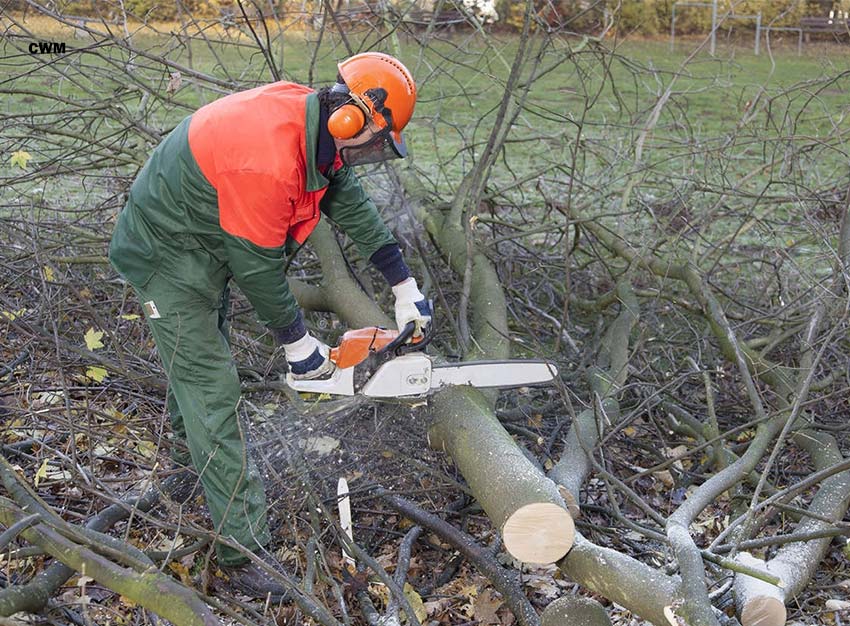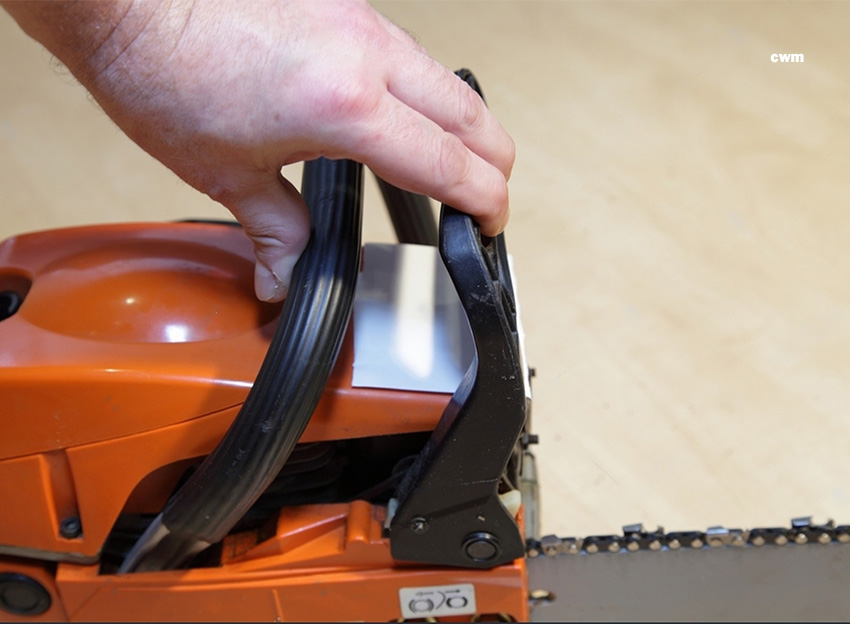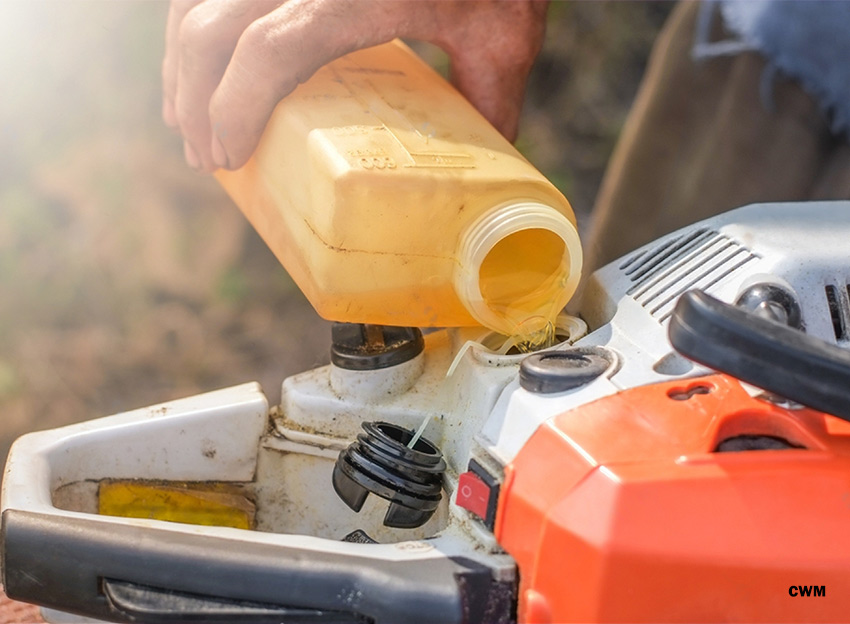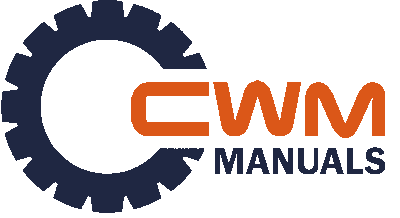Upon reflection as a professional who uses chainsaws regularly, it occurred to me that writing an article outlining the basics of chainsaw operation could be incredibly valuable for those who are new to the use of chainsaws. Not only could it serve as a helpful refresher for new apprentices, but it could also prevent potential accidents.
The number of stitches required for a chainsaw injury can vary depending on the severity and location of the injury. In some cases, a small cut may only require a few stitches, while a more severe injury (which is often the case) could require many more, underscoring the importance of sharing practical tips that promote safe and confident use of the tool. As such, I consider this initiative to be a vital contribution to the field.
Table of Contents
The 5 Must Know Chainsaw Safety Basics for Beginners
As a professional chainsaw user, I believe that safety is the most important aspect for beginners to learn. Here are my top five chainsaw safety basics that every beginner should know. Chainsaws are incredibly powerful tools that can make quick work of cutting trees and other materials, but they can also be extremely dangerous if not used properly. If you are a beginner, it is important to understand some basic safety guidelines before using a chainsaw.
For more detailed information, please refer to my comprehensive chainsaw safety tips article:
- Always wear personal protective equipment, including gloves, boots, chaps, and eye protection.
- Keep a firm grip on the saw and never let go if it kicks back. Rely on the brake to stop the chain before it hits you.
- If your saw doesn’t have a brake, hold on even tighter!
- Never use a chainsaw with your left hand holding the rear handle as it can put your right arm in a dangerous position over the bar, and the brake will not protect you.
- Make sure you are always alert and focused when using a chainsaw. Avoid using a saw when you are feeling tired, unwell, or under the influence of drugs or alcohol.

In addition to safety, it’s important to have a good understanding of the features and maintenance issues associated with chainsaws.
Checking Chain Tension: A Crucial Chainsaw Maintenance Step
One of the most important maintenance steps for a chainsaw is checking the chain tension. It’s a fundamental aspect of chainsaw use, and one that should be done regularly. Simply put, a loose chain is dangerous and should be avoided at all costs. To check the chain tension, you should be able to lift the chain about 1/4 inch off the bar using just your fingertips, but no more. A brand new chain or a cold chain that heats up during use may require frequent adjustment. In fact, when breaking in a new chain, we often make several adjustments per hour.

It’s also crucial to never leave a hot chain tight on the bar. Heat causes steel to expand, so a tight hot chain that cools over time can damage the saw’s shaft, bar, and other components. To avoid this, always loosen a hot chain when you put the saw away. Checking chain tension is a simple but essential chainsaw basic that should never be overlooked.
Bar and Chain Oil: Why Checking and Maintaining It Is Critical for Your Chainsaw
Bar and chain oil is a crucial component of any chainsaw, but many people don’t know how to tell if it’s working properly. To ensure that the oil is flowing correctly, hold the running saw’s tip in front of a surface that you don’t mind getting oil on, then pull the trigger and check to see that a small amount of oil is slinging off the chain.
As you cut, it’s important to keep an eye on the level of oil in the tank and to make sure that the hole that feeds oil to the bar is clear of debris. Cutting without sufficient oil can quickly lead to excessive heat and wear on the bar, wear down the bottom of the chain, and even cause the motor to overheat. So, always make sure that the oil is doing its job, and don’t cut for long without proper lubrication. Checking and maintaining your bar and chain oil is a basic, yet critical step in chainsaw maintenance that should never be overlooked.
Chain Brakes: A Crucial Safety Feature Every Chainsaw User Should Know About

A critical aspect of chainsaw operation that must not be overlooked is the use of the chainsaw brake as a safety feature. Always remember to flip the brake forward to the stop position whenever you need to move around or set down the saw. Additionally, it is imperative to engage the chain brake whenever you need to check the chain tension with your fingers, which should be done regularly.
Mastering the Fundamentals of Maintaining a Sharp Chainsaw Chain
To ensure optimal performance from your chainsaw, maintaining a sharp chain is essential. Many people complain about their chainsaw’s performance when all it needs is a sharpened chain. A dull chain can triple your cutting time and cause the saw to work harder, resulting in early wear and maintenance.

Even the best battery-powered chainsaws work at their best with a fully charged battery and a sharp chain. A dull chain will significantly reduce your cutting speed, so it’s crucial to keep it sharp. Your chain’s teeth get worn down from normal cutting, but accidentally coming into contact with dirt, rocks, or concrete can dull every tooth on the chain. Since the chain spins quickly, it doesn’t take long for every tooth to wear down.
Check your chain’s sharpness regularly, especially if you notice that cuts are taking longer than usual.
Using Environmentally-Friendly Bar and Chain Oil: The Benefits of Bio or Vegetable-Based Options
As a professional with years of chainsaw experience in the industry (as well as an avid gardener), I highly recommend considering the use of biodegradable vegetable-based bar and chain oil. I was first introduced to this option by one of my fellow reviewers, who made a compelling case for its use when cutting up large amounts of firewood.

Not only is standard bar and chain oil toxic, but the wood chips soaked in it can take an incredibly long time to decompose. Vegetable oil, on the other hand, biodegrades much more naturally.
While it may harden up more quickly when exposed to air, I haven’t had any issues with it even when storing a saw for several months. Just be sure to clear out the oiler hole and remove it from the saw when winterizing. Trust me, making the switch to biodegradable vegetable-based oil is a small change that can make a big difference for both your saw and the environment.
Conclusion
Chainsaw safety is a critical consideration for anyone who uses a chainsaw, whether for professional or personal use. Simple steps, like checking chain tension and using a chain brake, can prevent serious accidents and injuries. Additionally, keeping the chain sharp and checking the bar and chain oil are essential to maintaining the saw’s optimal performance and preventing premature wear and maintenance. Considering the use of biodegradable and vegetable-based bar and chain oil can also have environmental benefits.
By following these basic chainsaw safety guidelines, beginners can avoid accidents and injuries while using this powerful tool. Remember, always put safety first when using a chainsaw.

